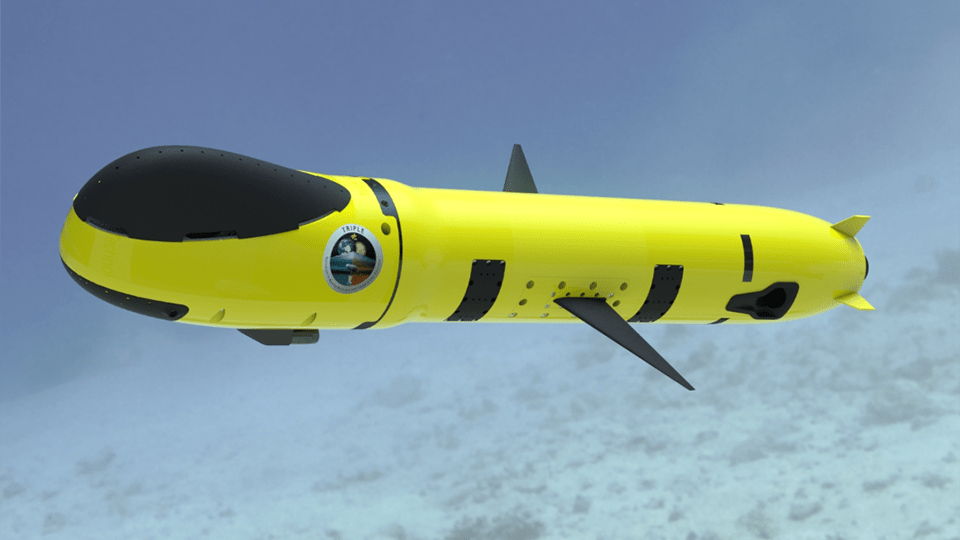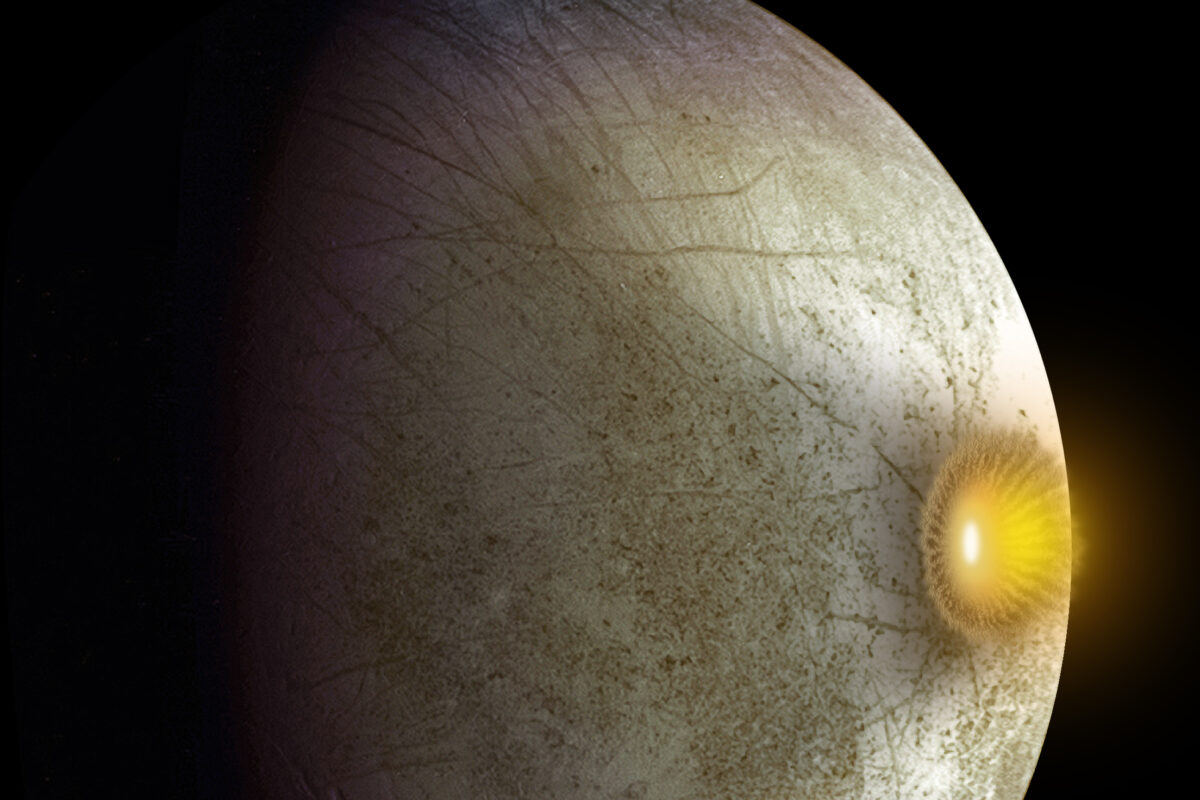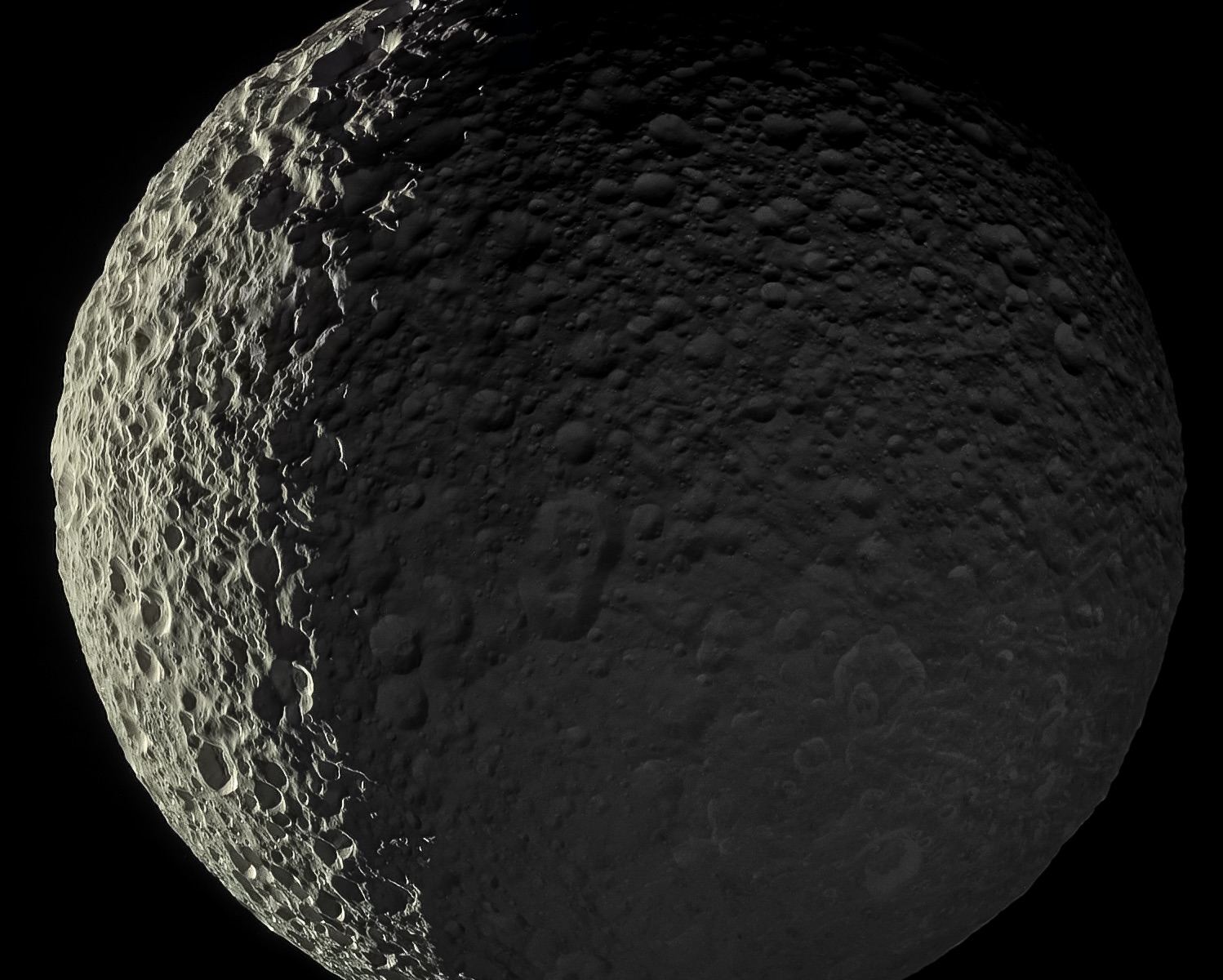Scientists are discovering that more and more Solar System objects have warm oceans under icy shells. The moons Enceladus and Europa are the two most well-known, and others like Ganymede and Callisto probably have them too. Even the dwarf planet Ceres might have an ocean. But can any of them support life? That partly depends on the water temperature, which strongly influences the chemistry.
We’re likely to visit Europa in the coming years and find out for ourselves how warm its ocean is. Others on the list we may never visit. But we may not have to.
Continue reading “How Warm Are the Oceans on the Icy Moons? The Ice Thickness Provides a Clue.”



